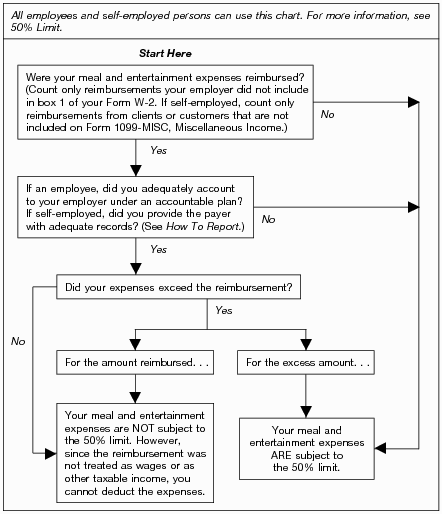Tax Tips for Reporting Rental Income and Expenses
Post on: 10 Июль, 2015 No Comment

Tips for Schedule E
The key to mastering the Schedule E is to organize your income and expenses using a spreadsheet or personal finance software program. In my experience, clients who keep detailed summaries of their rental property expenses are the ones who benefit most at tax time from the generous tax rules regarding rental income.
Schedule E Tax Tips
Landlords need to keep excellent records regarding cost basis, income, and expenses. And the number one best way to keep track of all this? Set up a spreadsheet. Your tax accountant may even have a template you can use.
As a landlord, here are the things you need to keep track of:
- Purchase price of the house, condo, or apartment building you are renting out,
- Accumulated depreciation, and current annual depreciation on your property,
- Rental income,
- Security deposits you received.
In addition, you will need to keep track of various expenses associated with your rental property, including:
- Commissions or property management fees,
- Advertising costs,
- Cleaning, maintenance, and repair costs,
- Homeowners insurance and HOA dues,
- Real estate taxes and mortgage interest expenses,
- Security deposits reimbursed to the tenant.
- and various other expenses, such as utilities, landscaping, garbage, and so forth.
As you can see, it will be particularly helpful if you track these various expenses using personal finance software or a computer spreadsheet, so that monthly and year-end reports can be quickly printed out.
Passive Activity Losses
If a rental property has a net loss for the year, that loss is netted against the losses and profits of all other rental properties for the year. If the grand total for all rental properties is negative (at a net loss), that rental net loss might be fully, partially, or not at all deductible against the rest of your income for the year as a result of the passive activity loss limitations. Renting out real estate property is generally considered a passive activity, even if you devote a substantial amount of time to selecting the right tenants, repairing the rental unit, and inspecting the property for routine maintenance. Losses from passive activities are limited to offsetting passive profits.
In the case where the owner actively participates in the rental activities, any rental losses can potentially be deducted up to $25,000 per year in aggregate across all rental property. (Married persons who file separately have a rental loss limit of up to $12,500 provided the person lived apart from his or her spouse at all times during the tax year.) The amount of the rental loss allowed for active participants in a rental property varies based on modified adjusted gross income (MAGI):
- For MAGI of $100,000 or less ($50,000 or less if married filing separately), rental losses can be deducted in full, up to the $25,000 ($12,500) limit.
- For MAGI between $100,000 and $150,000 (between $50,000 and $75,000 if married filing separately), rental losses can be deducted up to a limit of 50% of the difference between $150,000 ($75,000 if married filing separately) and MAGI.
- For MAGI over $150,000 ($75,000 if married filing separately), none of the rental losses can be deducted against other income.
- Modified adjusted gross income (MAGI) is explained in detail in Publication 527.
Any rental losses that are limited by the passive activity loss limitations, those losses are carried forward to the subsequent tax year. In the subsequent tax year, those rental losses can offset rental profits. Be aware that the passive activity loss limitations are applied each year. Rental losses continue to carry forward year after year until the losses are either used up by offsetting rental profits or by being deducted against other income. Rental losses for a particular property are allowed in full in the year in which a rental property is sold in a complete disposition to an unrelated buyer.
Form 8582 is used to calculate passive activity loss limitations and to keep track of rental losses that accumulate each year for each property.
Tax Planning for Landlords
Landlords sometimes make a small profit on their rental income. This is the case because rental income is usually sufficient to pay the mortgage, and plus a little extra for property taxes, insurance, and repairs. However, landlords get to depreciate the purchase price of the rental property, which is usually sufficient to turn a small economic profit into a small tax loss. That means expenses exceed income after depreciation is taken into consideration.
Every so often, however, landlords face major expenses, such as replacing a roof, or gutting an apartment after a long-term tenant vacates. In these circumstances, it is possible that the landlord has a loss greater than $25,000. But the Passive Activity Loss rules will limit the loss to exactly $25,000. The remainder will be carried over to next year, when hopefully the landlord will have more of a profit and will be able to absorb the excess tax losses.














